Images: Russian Meteor Explosion
The Chelyabinsk meteor explosion injured hundreds in Russia from the resulting shock wave.
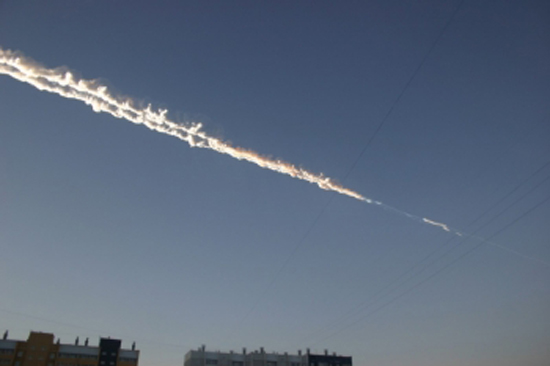
A meteor streaks across the sky in eastern Russia in this picture released by the Russian Emergency Ministry. Hundreds were injured in the morning blast on Feb. 15, 2013, mostly from falling glass shattered by the shock wave.
Thermal Trail
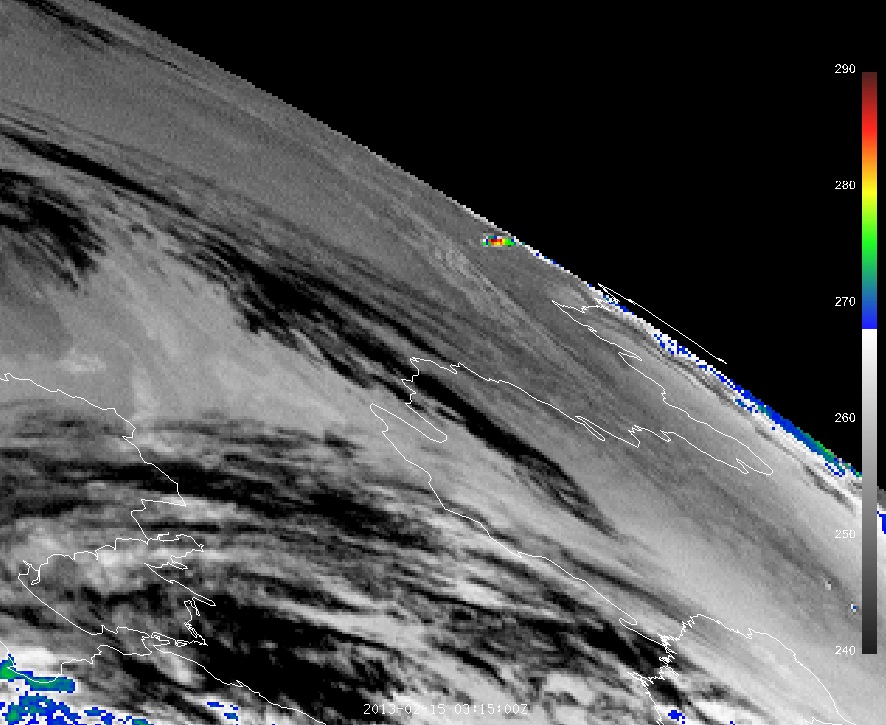
The thermal impact of the meteor that exploded over Russia on the morning of Feb. 15, 2013, visible as a colorful blot near the edge of the satellite's range.
Meteor Explosion Shattered Glass
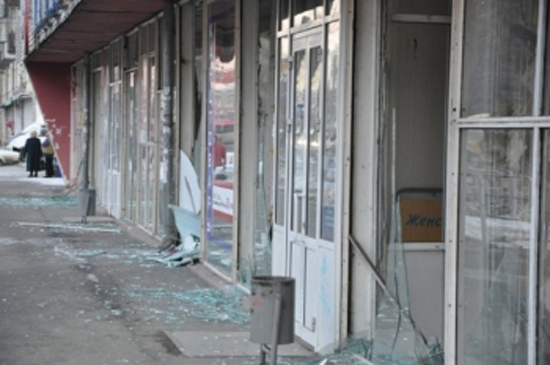
A meteor explosion on the morning of Feb. 15, 2013, shattered glass in the Chelyabinsk region.
Meteor Trail
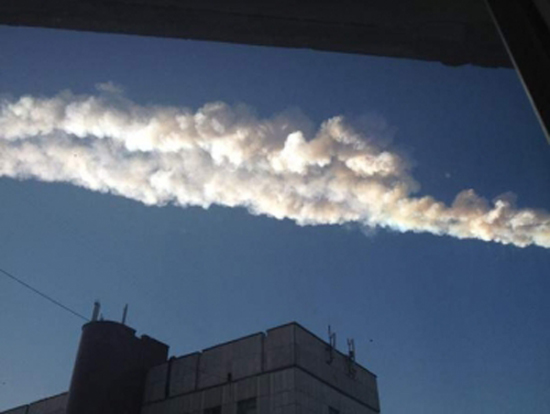
A meteor trail seen in Russia. The meteor was accompanied by a huge blast, according to Russian reports.
Meteor over Russia
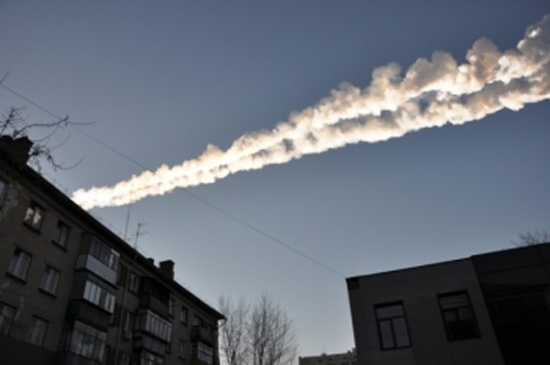
Scientists estimate that the size of the object that exploded over Russia Feb. 15, 2013 was only a few meters across.
Meteor From Space
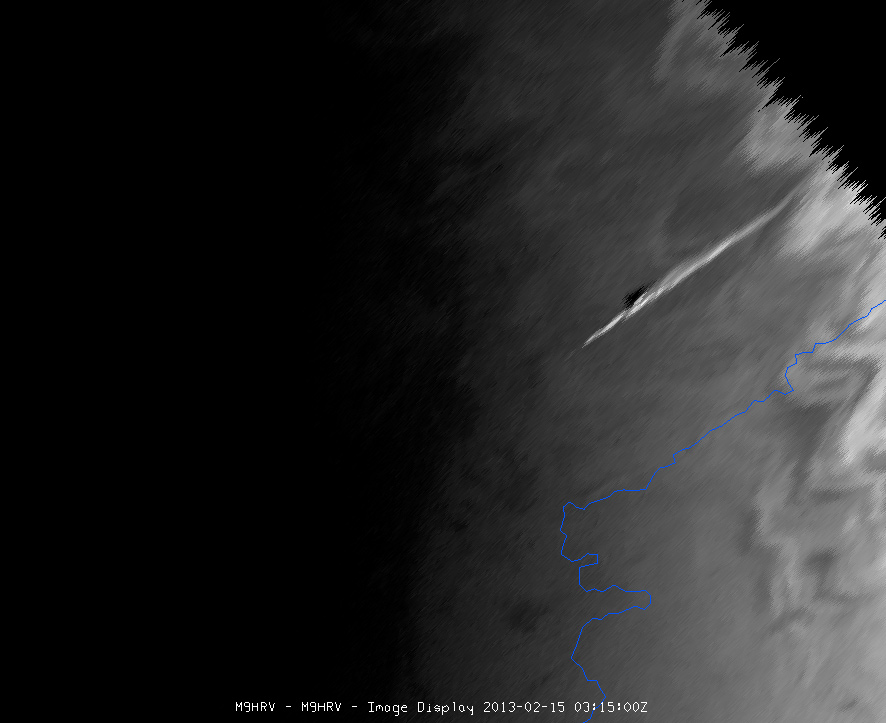
The Meteosat-9 satellite captured this image of a meteor streaking into the atmosphere over Russia on Feb. 15, 2013.
Meteor Makes Waves
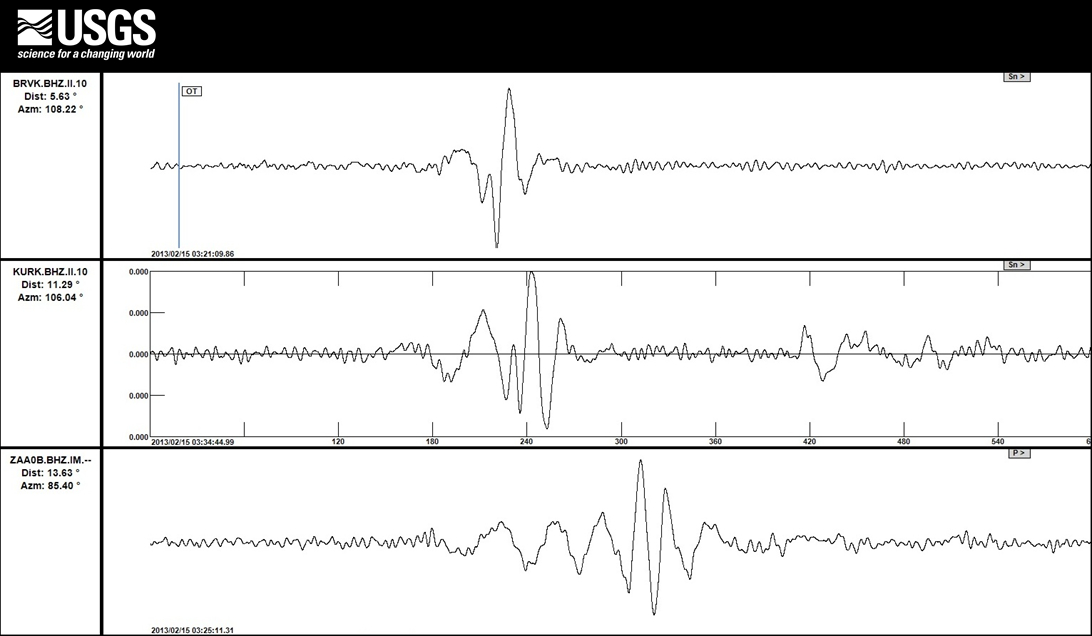
Though the U.S. Geological Survey is set up to monitor earthquakes, big enough explosions register on seismic equipment. The agency posted this photo on their Facebook page Feb. 15 showing the impact of a meteor explosion over Russia.
Sign up for the Live Science daily newsletter now
Get the world’s most fascinating discoveries delivered straight to your inbox.
Shattered glass
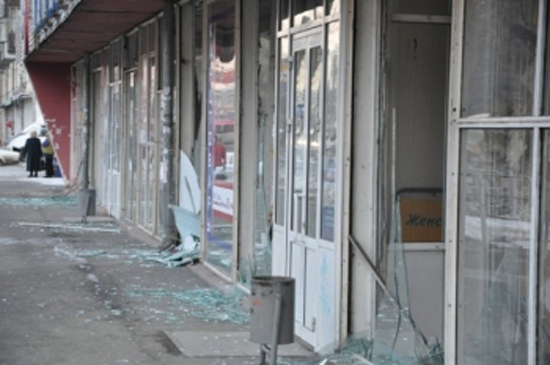
Windows were shattered by an apparent meteor explosion over parts of eastern Russia on Feb. 15, 2013, according to this image released by the Russian Emergency Ministry.
Smoke trail
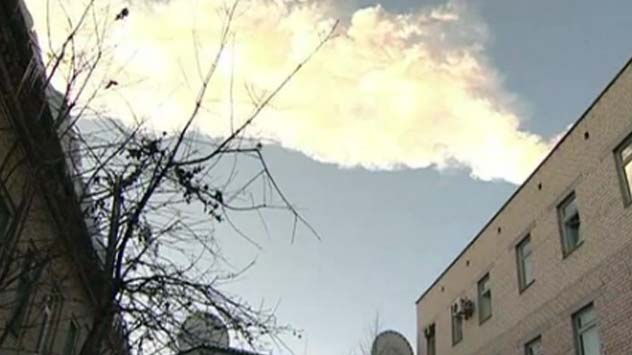
This video still image shows the smoke trail created by the meteor that exploded over the Chelyabinsk region of Russia on Feb. 15, 2013.
Meteor trail
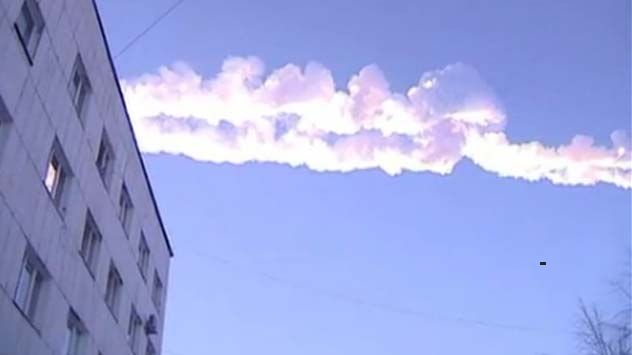
This video still image shows the smoke trail created by the meteor that exploded over the Chelyabinsk region of Russia on Feb. 15, 2013.
Meteor fall
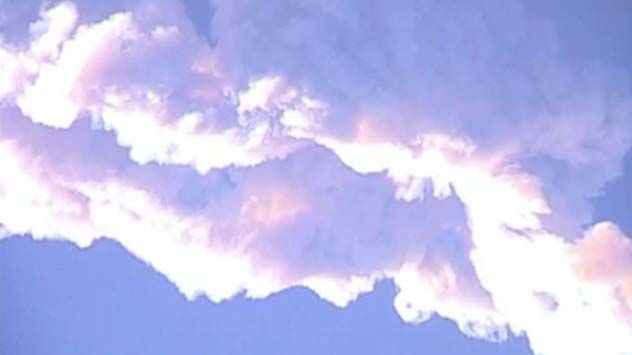
This video still image shows the smoke trail created by the meteor that exploded over the Chelyabinsk region of Russia on Feb. 15, 2013.
Infrasound waveform from Russian meteor
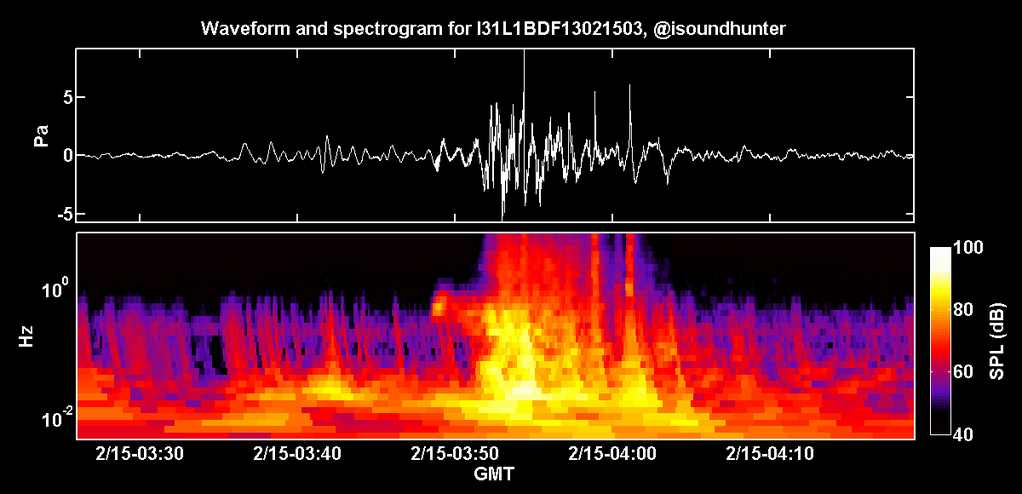
The Russian meteor blast send infrasound, or low-frequency sound waves, through the atmosphere.
Russian meteor infrasound locations
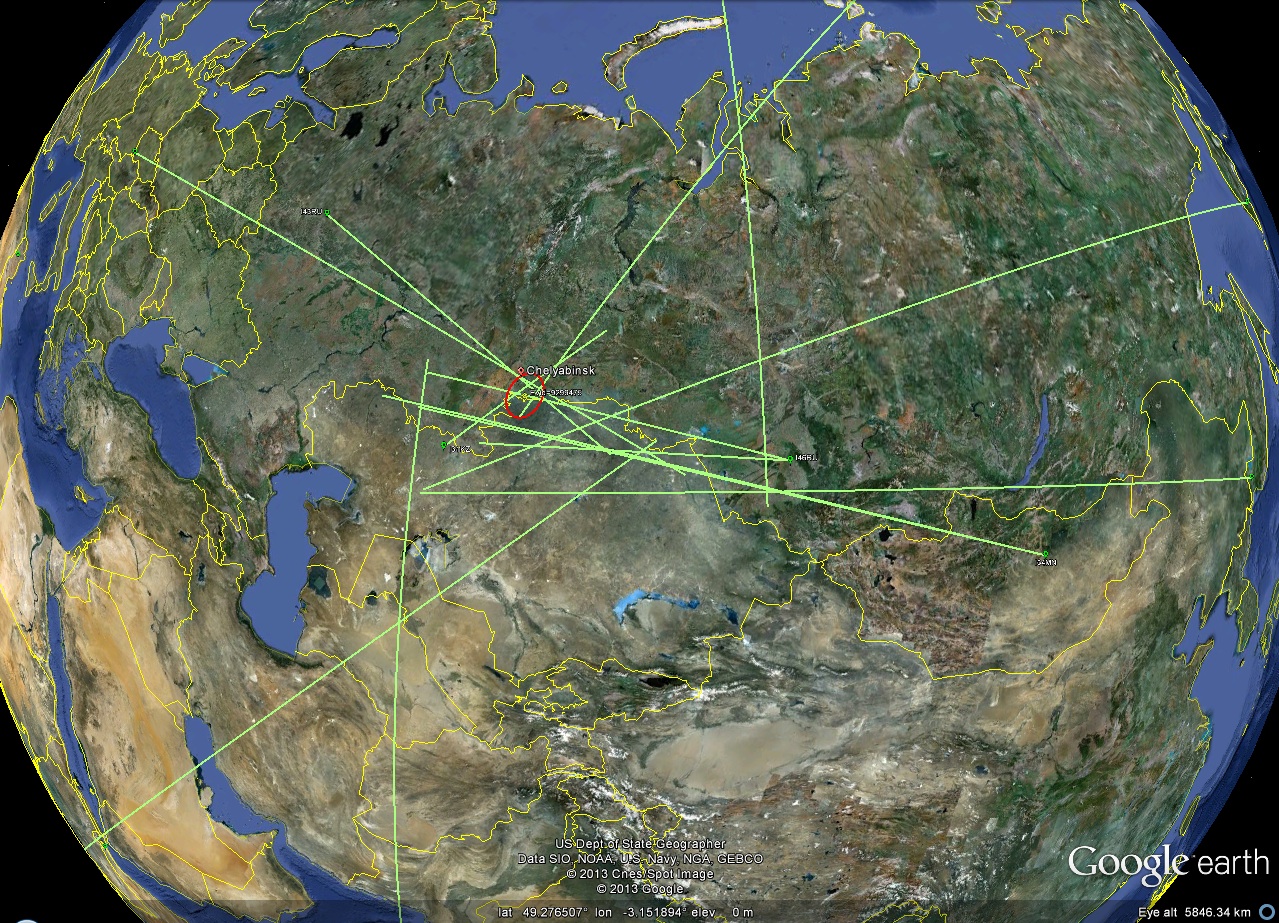
Eleven infrasound stations around the world recorded the meteor blast above Russian on Friday.
First light
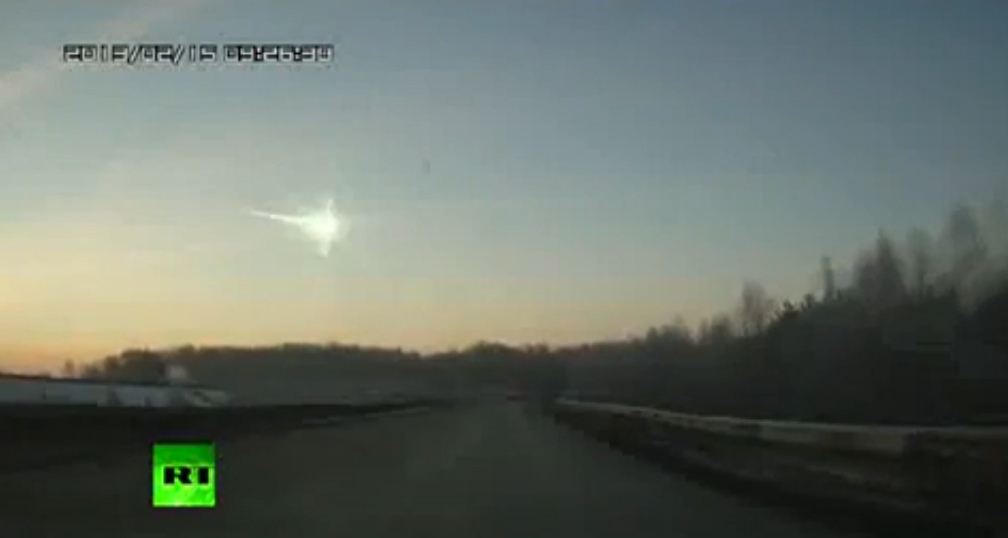
The fireball from a meteor that exploded over Chelyabinsk, Russia, on Feb. 15, 2013, creating a shockwave that shattered windows and injured more than 1,000 people. (Video screenshot)

Stephanie Pappas is a contributing writer for Live Science, covering topics ranging from geoscience to archaeology to the human brain and behavior. She was previously a senior writer for Live Science but is now a freelancer based in Denver, Colorado, and regularly contributes to Scientific American and The Monitor, the monthly magazine of the American Psychological Association. Stephanie received a bachelor's degree in psychology from the University of South Carolina and a graduate certificate in science communication from the University of California, Santa Cruz.










